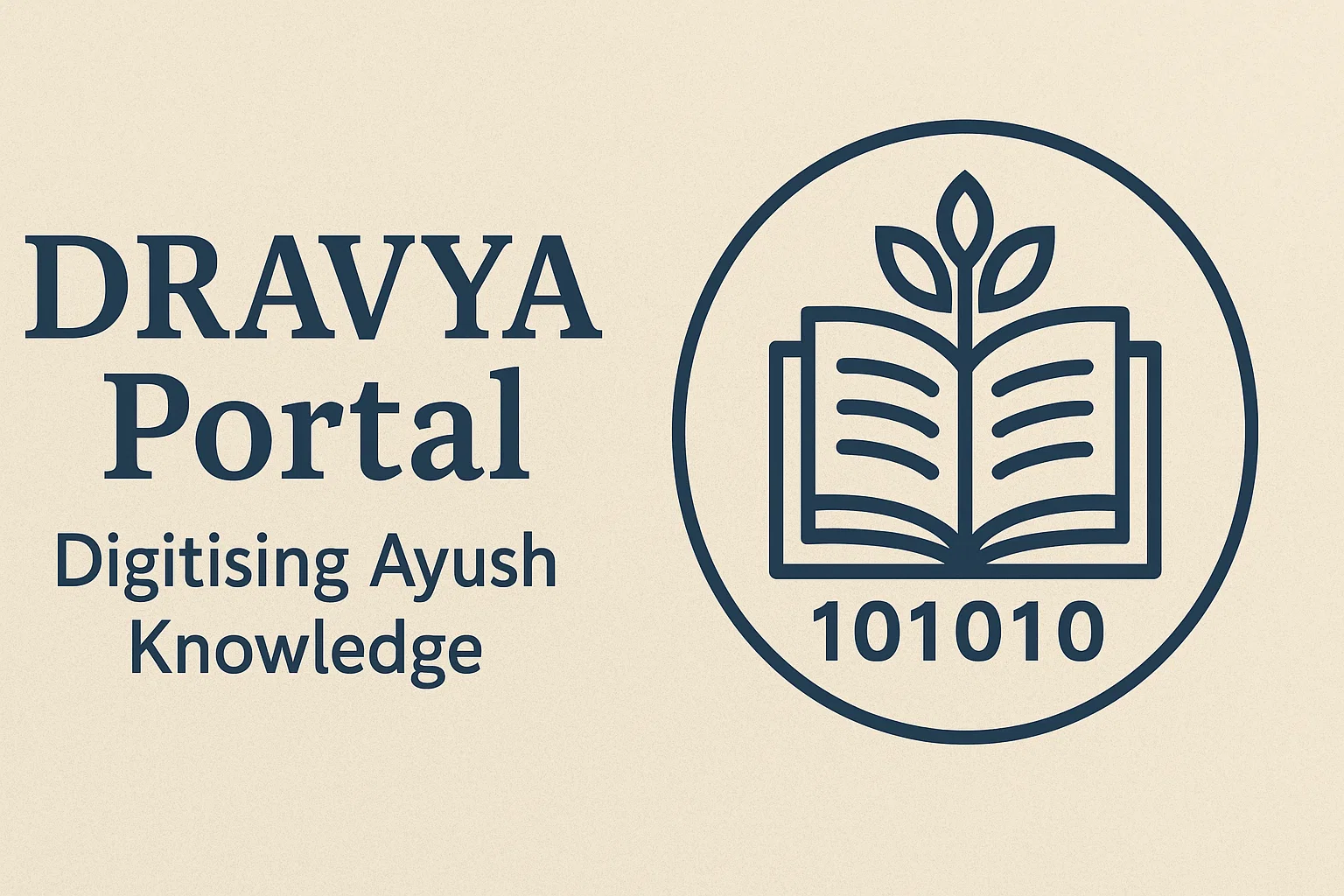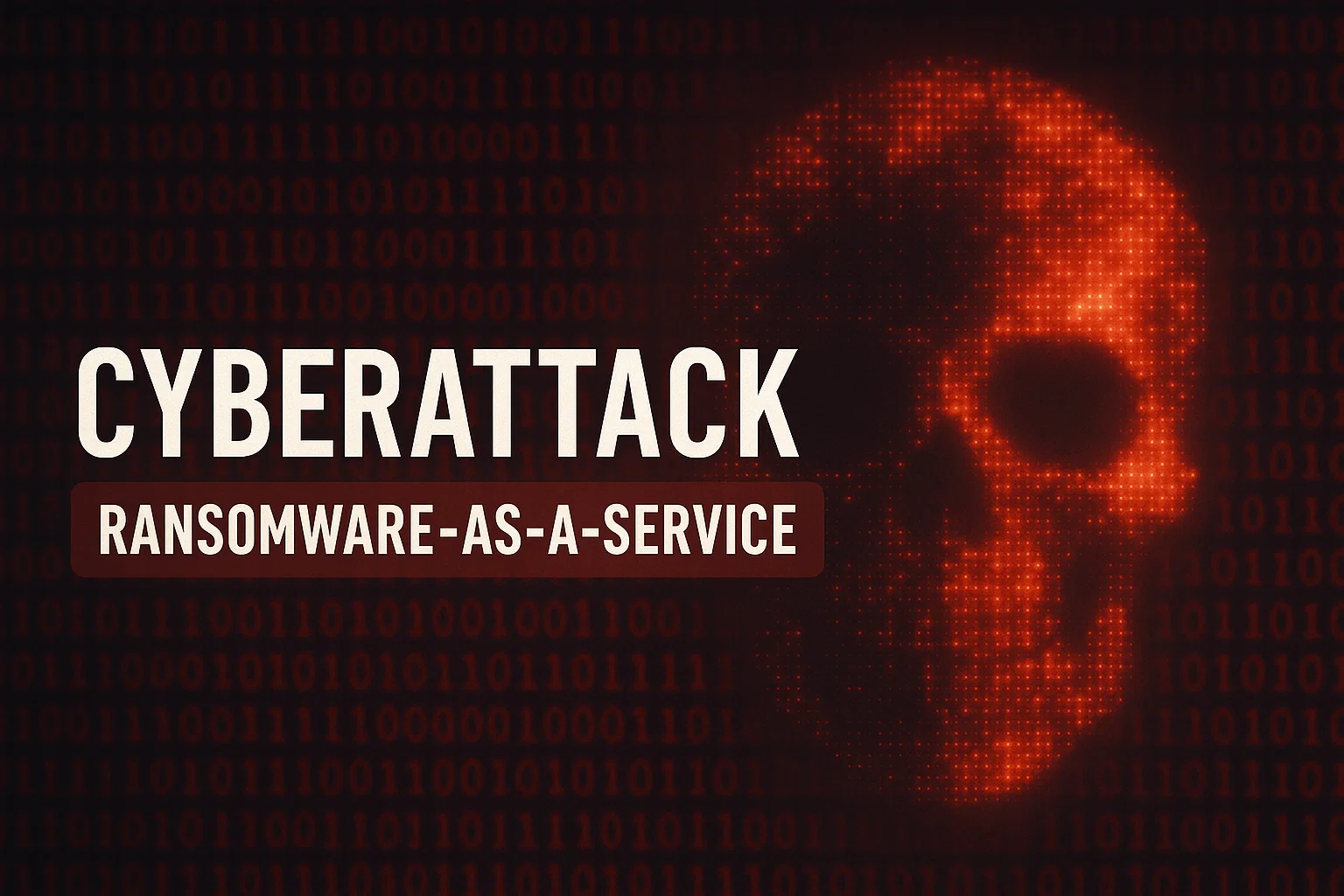Military Strikes and Iran’s Nuclear Programme
Iran’s n-programme, the illusion of a surgical strike
Context: Amid renewed tensions in West Asia, both Israel and the United States have launched airstrikes on Iran’s nuclear infrastructure, targeting key facilities and top scientists.
More on News
- Iran has retaliated with drone and missile attacks, some of which breached Israel’s Iron Dome air defence system.
- As the conflict escalates, a critical question arises: Can Iran’s nuclear programme be eliminated through military force? The short and strategic answer is no — at least, not easily.
What is the Current Status?
- Iran’s Nuclear Sites: Iran’s uranium enrichment facilities, notably Fordow and Natanz, are not only shielded but are strategically hardened to withstand air attacks.
- While the United States possesses powerful bunker-busting weapons, Israel does not have access to such weaponry or aircraft like the B-2 Spirit or B-52 bomber required to deliver them.
- Military Strikes: Even if Israel were to succeed in damaging facilities like Natanz or Fordow, Iran could rebuild — potentially faster than before.
- After the 2010 Stuxnet cyberattack, Iran not only repaired its centrifuges but increased its enrichment capabilities.
- Risky U.S. Involvement: This is why Israel has long sought U.S. backing for any major strike on Iran. While there have been discussions — especially during Donald Trump’s presidency — about supplying MOP-class weapons to Israel, no formal transfer has occurred.
- Iran has already proven its retaliatory capabilities. In April 2024, it launched over 300 drones and missiles in response to an Israeli airstrike in Damascus.
Joint Comprehensive Plan of Action (JCPOA)
The Joint Comprehensive Plan of Action (JCPOA), commonly known as the Iran nuclear deal, is a landmark multilateral agreement reached in July 2015 between Iran and six major world powers—the P5+1 (United States, United Kingdom, France, Russia, China, and Germany)—along with the European Union. The JCPOA was designed to ensure that Iran’s nuclear program remained exclusively peaceful, preventing the development of nuclear weapons. Key restrictions included limits on uranium enrichment, reductions in Iran’s stockpile of enriched uranium, redesigning nuclear facilities, and enhanced monitoring by the International Atomic Energy Agency (IAEA). However, in 2018, the United States withdrew from the JCPOA under President Donald Trump, reimposing sanctions on Iran and prompting Iran to scale back its compliance with the deal’s terms. Efforts to restore or renegotiate the agreement have since faced significant challenges, and as of 2023, the future of the JCPOA remains uncertain, with some provisions beginning to expire and ongoing concerns about Iran’s nuclear activities.
How is this going to be solved?
- A regional war over Iran’s nuclear facilities could disrupt global oil markets, destabilise fragile states, and embroil the U.S. and its allies in a prolonged conflict.
- Importantly, it still may not achieve its primary objective — the complete elimination of Iran’s nuclear capability.
- The 2015 Joint Comprehensive Plan of Action (JCPOA) had successfully capped Iran’s enrichment levels and subjected it to international inspections.
- But after the U.S. withdrawal in 2018, Iran expanded its enrichment to 60%, stockpiled uranium 30 times above permitted levels, and reduced cooperation with the International Atomic Energy Agency (IAEA).
- Reviving a nuclear deal will be challenging amid the current hostilities and mutual distrust, but it remains more realistic than a military solution.
- Continued airstrikes will likely provoke more retaliation, pushing the region toward an uncontrollable spiral of violence.
- For both Israel and the U.S., a long-term diplomatic strategy — backed by multilateral pressure, rigorous verification, and robust deterrence — offers the only sustainable path forward.
- Iran’s nuclear programme is architecturally resilient and strategically layered, making war a high-cost gamble with low odds of success.


